There’s been some confusion lately about the “laser” setting on an Ophir power meter. Joe will ask: “What if my laser isn’t exactly one of the predetermined wavelengths? Will it still work?” Amanda says, “Can I set the Nova II to 633nm to check how much of that wavelength is in my broadband light source?”
Modifying Laser Wavelength on an Ophir Power Meter
DISCLAIMER: I’m not going to address these questions individually, since I think there’s a deeper question behind them. (You can find answers to the specific questions in the links at the end of this post.) If I ignore the more fundamental issue, though, I’m afraid I would be treating the symptoms without looking at the underlying cause of the problem: There’s a misunderstanding about how laser power meters measure different wavelengths (as with the “laser” setting on Ophir power meters).
But first, let’s take a look at the sensor itself, since it’s doing the real laser power measurement.
A laser power sensor will detect any and all types of light that hit it, regardless of wavelength. There are no wavelength filters hidden in the head to separate the laser wavelengths – and this makes sense since these heads are generally used for monochromatic lasers.
So how come I can select a laser on the power meter?
Most laser power and energy heads have a range of sensitivity that varies with wavelength. Some are relatively flat while others can vary significantly from wavelength to wavelength. For example, let’s say you have two identical 5W laser beams, except one is a 530nm laser and the other is 1064nm. Now, you want to measure them both with one sensor (e.g., the 15(50)A-PF-DIF-18 thermal power sensor). Assuming it’s calibrated at 1064nm, that beam will read the correct 5W. However, the other laser will only detect 3.78W since this particular sensor has about 76% sensitivity at 530nm relative to 1064nm.
Absorption Sensitivity per Wavelength for Ophir Laser Power Sensor Coatings
One solution to this would be to take down the relative sensitivities of all the lasers you’ll need to use, and convert the readings based on this. However, this method is cumbersome and liable to errors. Instead, Ophir saves the entire spectral sensitivity curve in the “smart head” connector, so when you select a laser you are simply telling the power meter which point on the sensitivity graph it should take into account in order to give you the accurate laser power measurement.
Now, getting back to Joe and Amanda…
I hope this answers some of the more fundamental questions surrounding this issue. If you were actually looking for the answer to Joe’s or Amanda’s questions, you should check out this video on laser power meter wavelengths or this FAQ on measuring broadband light sources, respectively.
You might also like to read: Calibration Factors – laser power/energy meter
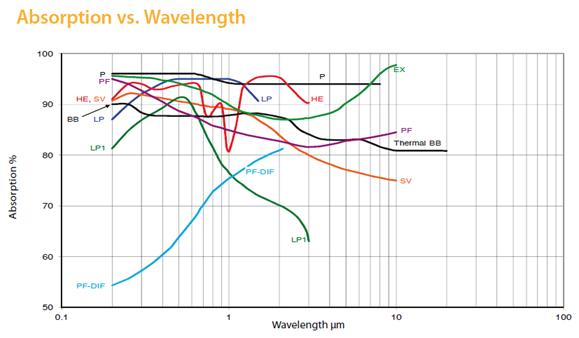
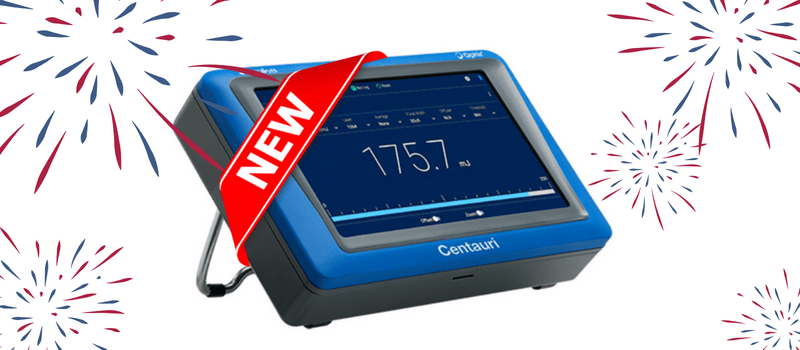
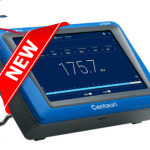
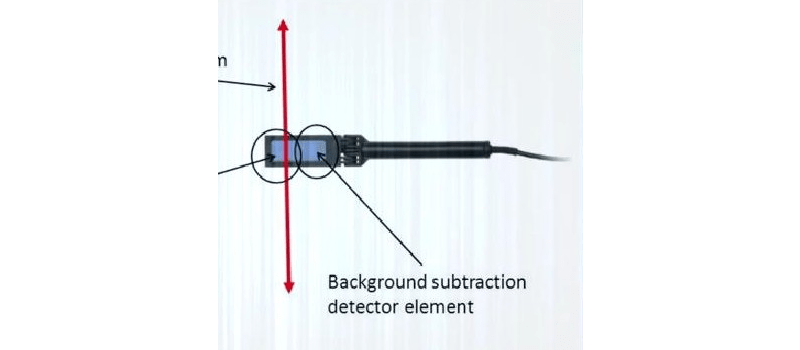
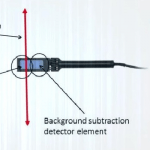




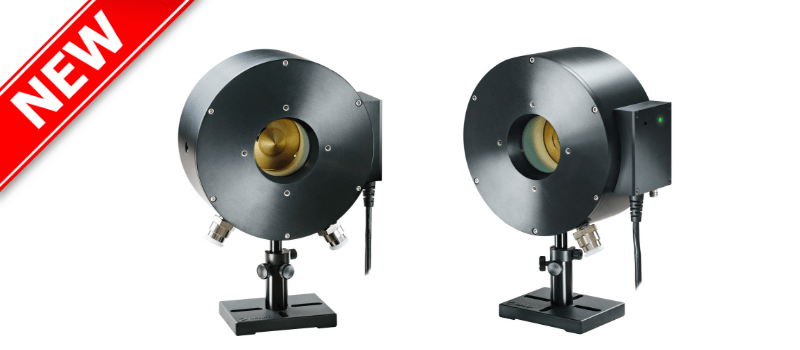

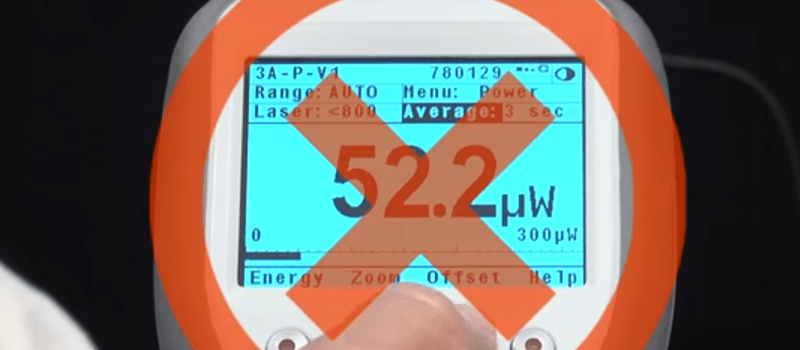
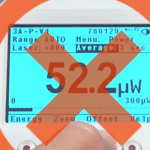
How did I choose the wave length if i want to measure the power of Xe lamp? it covers all wave length, should I choose the wave length: <.8 for power measurement(three opitions in the meter: <.8, .8~6…etc)?
What sensor are you using? (The wavelength options on the meter actually depend on the sensor it’s attached to.)
I’ll check with an expert here to see what they suggest.
I emailed you the spectral response for your sensor. Based on the spectrum of your Xenon lamp, you should be able to determine the wavelength range for best measurement results.
How can a plot of wavelength Vs. Energy be obtained, so as to estimate total area under the curve as total Energy.
both software Star com and Star labs only allows energy to be measured at a particular wavelength, and not over the entire range.
Ameya,
You’re thinking of a spectrometer I think. Our energy meters do not measure by wavelength. They measure the total energy (within the wavelength range that they respond to). As you can see in the graph above (in the post), the sensor reading can vary with wavelength. This means if you have a narrow-band source, you should program the meter (or software) to weight the reading by the wavelength of your source. If your source is broadband, you should use one of our broadband-coated sensors (e.g., PE50BB-DIF-C) so as not to introduce extra uncertainty.
To sum up, if your beam is not just one wavelength: entering 1064 nm (or any other wavelength) doesn’t limit the measurement to that spectral line. It just weights the measurement based on the sensor’s calibration at 1064 nm.
Please let me know if you’d like further explanation.
Hi there,
we recently purchased a NOVA 2 Ophir meter and having a confusion on how to make sure that the type of laser wavelength is correct. We have the Sensor Unit FL250A-BB35 . It shows the options 10.6, .8-6 and <.8u
can you please explain to me if what should we choose if we need to measure 1064nm, 2940nm ,755nm and so on.
does this mean that we need to use other type of sensor? or do i need a chart for this?
hoping for your immediate response.
Hi Jerome,
Good question. The BB coating is relatively flat, spectrally. Therefore, it has three options for calibrated wavelength ranges: 190-800 nm (“<.8u"), 800-6000 nm (.8-6), and 6000-20000 (10.6). Each range is calibrated at one point - usually 532 nm, 1064 nm, and 10,600 nm. But any laser within the specified range can be measured with less than +/- 1 or 2% error. If you need higher accuracy, let me know and I'll send you the raw data for the absorption curve, so you can make a correction based upon it. Best, Effy
Hi,
The ophir powermeter that I use shows big difference between 660 and 690nm. For example, it displays 100 mW/cm2 at 660nm but 50 mW/cm2 laser energy density if we switch to 690nm when we measure the same laser beam. I think this is weird according to the absorption sensitivity graph for any sensor head. What may be wrong with our powermeter? Thank you.
Hi Emre Tomba,
What sensor are you using? The variation of sensitivity at different wavelengths depends on the sensor type; some sensors have a relatively flat spectral response, while others have a spectral response curve that is anything but flat. For example, the photodiode-based PD300 – when used with the removable attenuating filter off (“Filter out”) – has about 2x the sensitivity at 690nm compared to that at 660nm; when you select the correct wavelength (“Laser”) setting you’ll get the correct reading of course. That is why this type of sensor is calibrated with a full curve, and the user is prompted to set a specific wavelength (as opposed to selecting a spectral range such as “.6-8 um”, which would be fine for a sensor type having a spectrally flatter response). So, it is quite likely that your power meter is in fact working fine. Let us know what sensor you are using, and we’ll then be able to be more specific.
hi there.
i just want to know how i can measure the wavelengths of hair removal laser handle that contains 3 waves togetherl
Hi Alex,
I’m afraid we don’t offer instruments for spectrometry measurements; however, our parent company Newport does. Try checking their website, or contacting them directly, to see if there is a suitable solution for you there.
See you in the future